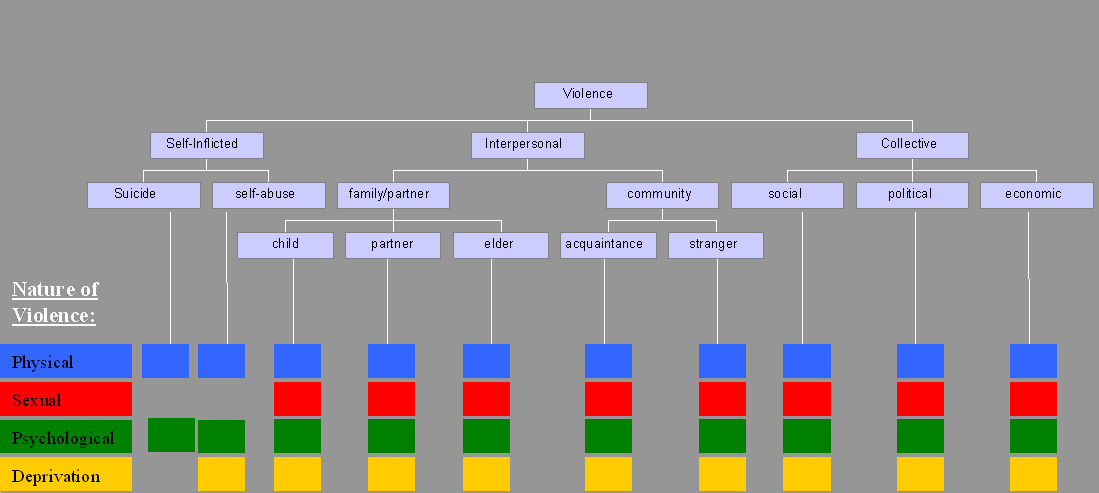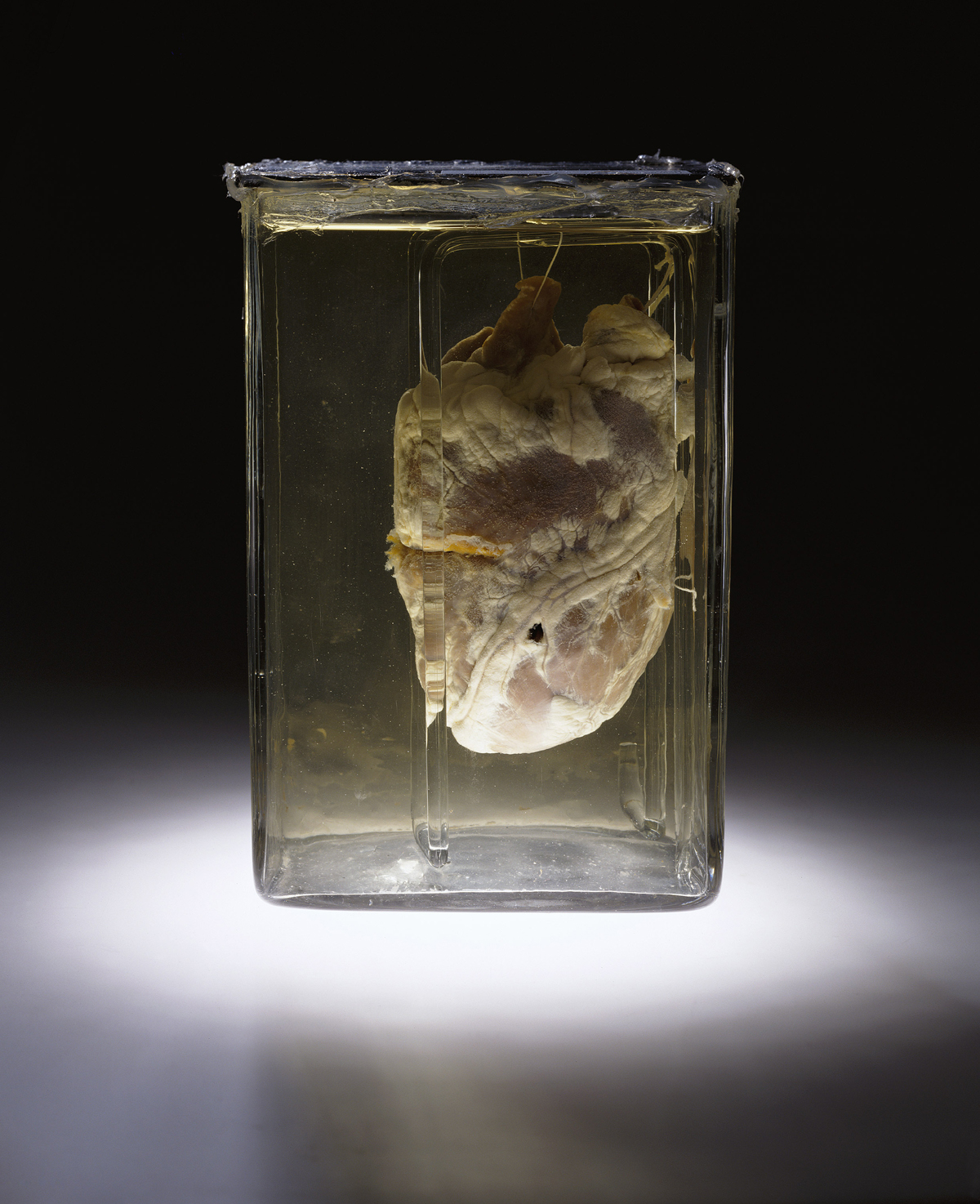|
Forensic Medicine
Forensic medicine is a broad term used to describe a group of medical specialties which deal with the examination and diagnosis of individuals who have been injured by or who have died because of external or unnatural causes such as poisoning, assault, suicide and other forms of violence, and apply findings to law (i.e. court cases). Forensic medicine is a multi-disciplinary branch which includes the practice of forensic pathology, forensic psychiatry, forensic odontology, forensic radiology and forensic toxicology. There are two main categories of forensic medicine; Clinical forensic medicine; Pathological forensics medicine, with the differing factor being the condition of the patients. In clinical forensic medicine it is the investigation of trauma to living patients, whereas pathological forensic medicine involves the examination of traumas to the deceased to find the cause of death. History The term clinical forensic medicine, coined by Thomas Stuart, dates back to the 19th c ... [...More Info...] [...Related Items...] OR: [Wikipedia] [Google] [Baidu] |
Poisoning
Poisoning is the harmful effect which occurs when Toxicity, toxic substances are introduced into the body. The term "poisoning" is a derivative of poison, a term describing any chemical substance that may harm or kill a living organism upon ingestion. Poisoning can be brought on by swallowing, inhaling, injecting or absorbing toxins through the skin. Toxicology is the practice and study of symptoms, mechanisms, diagnoses, and treatments correlated to poisoning. Levels of Exposure When a living organism is introduced to a poison, the Signs and symptoms, symptoms that follow successful contact develop in Dose–response relationship, close relation to the degree of exposure. Acute exposure Acute toxicity, Acute toxicity/poisoning consists of a living organism being harmfully exposed to poison once or more times during a brief period, with symptoms manifesting within 14 days since administration. Chronic exposure Chronic toxicity, Chronic toxicity/poisoning involves a li ... [...More Info...] [...Related Items...] OR: [Wikipedia] [Google] [Baidu] |
Assault
In the terminology of law, an assault is the act of causing physical harm or consent, unwanted physical contact to another person, or, in some legal definitions, the threat or attempt to do so. It is both a crime and a tort and, therefore, may result in criminal prosecution, civil liability, or both. Additionally, assault is a criminal act in which a person intentionally causes fear of physical harm or offensive contact to another person. Assault can be committed with or without a weapon and can range from physical violence to threats of violence. Assault is frequently referred to as an attempt to commit battery (crime), battery, which is the deliberate use of physical Force (law), force against another person. The deliberate inflicting of fear, apprehension, or terror is another definition of assault that can be found in several legal systems. Depending on the severity of the offense, assault may result in a fine, imprisonment, or even death. Generally, the common law definitio ... [...More Info...] [...Related Items...] OR: [Wikipedia] [Google] [Baidu] |
Suicide
Suicide is the act of intentionally causing one's own death. Risk factors for suicide include mental disorders, physical disorders, and substance abuse. Some suicides are impulsive acts driven by stress (such as from financial or academic difficulties), relationship problems (such as breakups or divorces), or harassment and bullying. Those who have previously attempted suicide are at a higher risk for future attempts. Effective suicide prevention efforts include limiting access to methods of suicide such as firearms, drugs, and poisons; treating mental disorders and substance abuse; careful media reporting about suicide; improving economic conditions; and dialectical behaviour therapy (DBT). Although crisis hotlines, like 988 in North America and 13 11 14 in Australia, are common resources, their effectiveness has not been well studied. Suicide is the 10th leading cause of death worldwide, accounting for approximately 1.5% of total deaths. In a given year, ... [...More Info...] [...Related Items...] OR: [Wikipedia] [Google] [Baidu] |
Violence
Violence is characterized as the use of physical force by humans to cause harm to other living beings, or property, such as pain, injury, disablement, death, damage and destruction. The World Health Organization (WHO) defines violence as "the intentional use of physical force or power, threatened or actual, against oneself, another person, or against a group or community, which either results in or has a high likelihood of resulting in injury, death, psychological harm, maldevelopment, or deprivation"; it recognizes the need to include violence not resulting in injury or death. Categories The World Health Organization (WHO) divides violence into three broad categories: self-directed, interpersonal, and collective. This categorization differentiates between violence inflicted to and by oneself, by another individual or a small group, and by larger groups such as states. Alternatively, violence can primarily be classified as either instrumental or hostile. Self-in ... [...More Info...] [...Related Items...] OR: [Wikipedia] [Google] [Baidu] |
Forensic Pathology
Forensic pathology is pathology that focuses on determining the cause of death by examining a corpse. A post mortem examination is performed by a medical examiner or forensic pathologist, usually during the investigation of criminal law cases and civil law cases in some jurisdictions. Coroners and medical examiners are also frequently asked to confirm the identity of remains. Duties Forensic pathology is an application of medical jurisprudence. A forensic pathologist is a medical doctor who has completed training in anatomical pathology and has subsequently specialized in forensic pathology. The requirements for becoming a "fully qualified" forensic pathologist vary from country to country. Some of the different requirements are discussed below (see ''§ Education''). The forensic pathologist performs autopsies/postmortem examinations with the goal of determining the cause of death as well as the possible manner of death. The autopsy report contains conclusions made ... [...More Info...] [...Related Items...] OR: [Wikipedia] [Google] [Baidu] |
Forensic Psychiatry
Forensic psychiatry is a subspecialty of psychiatry and is related to criminology. It encompasses the interface between law and psychiatry. According to the American Academy of Psychiatry and the Law, it is defined as "a subspecialty of psychiatry in which scientific and clinical expertise is applied in legal contexts involving civil, criminal, correctional, regulatory, or legislative matters, and in specialized clinical consultations in areas such as risk assessment or employment." A forensic psychiatrist provides services – such as determination of competency to stand trial – to a court of law to facilitate the adjudicative process and provide treatment, such as medications and psychotherapy, to criminals. Court work Forensic psychiatrists work with courts in evaluating an individual's competency to stand trial, defenses based on mental disorders (e.g., the insanity defense), and sentencing recommendations. The two major areas of criminal evaluations in forensic psychiatry ... [...More Info...] [...Related Items...] OR: [Wikipedia] [Google] [Baidu] |
Forensic Odontology
Forensic dentistry or forensic odontology involves the handling, examination, and evaluation of dental evidence in a criminal justice context. Forensic dentistry is used in both criminal and civil law. Forensic dentists assist investigative agencies in identifying human remains, particularly in cases when identifying information is otherwise scarce or nonexistent—for instance, identifying burn victims by consulting the victim's dental records. Forensic dentists may also be asked to assist in determining the age, race, occupation, previous dental history, and socioeconomic status of unidentified human beings. Forensic dentists may make their determinations by using radiographs, ante- and post-mortem photographs, and DNA analysis. Another type of evidence that may be analyzed is bite marks, whether left on the victim (by the attacker), the perpetrator (from the victim of an attack), or on an object found at the crime scene. However, this latter application of forensic dentis ... [...More Info...] [...Related Items...] OR: [Wikipedia] [Google] [Baidu] |
Forensic Radiology
Forensic radiology is the discipline which comprises the performance, interpretation and reportage of the radiological examinations and procedures which are needed in court procedures or law enforcement. Radiological methods are widely used in identification, age estimation and establishing cause of death. Comparison of ante mortem and post mortem radiographs is one of the means of identification. The scanning of baggage, vehicles and individuals have many applications. Tools like multislice helical computed tomography can be used for detailed documentation of injuries, tissue damage and complications like air embolism and pulmonary aspiration of blood. These types of digital autopsies offer certain advantages when compared to traditional autopsies An autopsy (also referred to as post-mortem examination, obduction, necropsy, or autopsia cadaverum) is a surgical procedure that consists of a thorough examination of a corpse by dissection to determine the cause, mode, and mann ... [...More Info...] [...Related Items...] OR: [Wikipedia] [Google] [Baidu] |
Forensic Toxicology
Forensic toxicology is a multidisciplinary field that combines the principles of toxicology with expertise in disciplines such as analytical chemistry, pharmacology and clinical chemistry to aid medical or legal investigation of death, poisoning, and drug use. The paramount focus for forensic toxicology is not the legal implications of the toxicological investigation or the methodologies employed, but rather the acquisition and accurate interpretation of results. Toxicological analyses can encompass a wide array of samples. In the course of an investigation, a forensic toxicologist must consider the context of an investigation, in particular any physical symptoms recorded, and any evidence collected at a crime scene that may narrow the search, such as pill bottles, powders, trace residue, and any available chemicals. Armed with this contextual information and samples to examine, the forensic toxicologist is tasked with identifying the specific toxic substances present, quantifying th ... [...More Info...] [...Related Items...] OR: [Wikipedia] [Google] [Baidu] |
Jean-Jacques Belloc
Jean-Jacques Belloc (1730 in Saint-Maurin in Quercy – October 23, 1807, in Agen) was a French surgeon and creator of forensic medicine in France. Biography He was a son of a surgeon, he was a pupil of the college of Montpellier then studied medicine and surgery at the University of Montpellier, then at the Faculty of Medicine of Paris. He received his master in surgery in Paris in 1754 and in spite of his titles of lieutenant of the first surgeon of the King and professor of legal medicine, he had settled in Agen in 1768 and had founded there, in the old tower of Saint-Côme, in next to the large cemetery of Sainte-Foy, a school of surgery which flourished until the revolution. There he autopsied corpses that he dug up with the help of his students. He invented several surgical instruments, including the probe that bears his name (Belloc probe or cannula). Rightly considered as the creator in France France, officially the French Republic, is a country located primaril ... [...More Info...] [...Related Items...] OR: [Wikipedia] [Google] [Baidu] |




